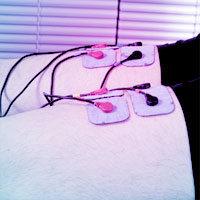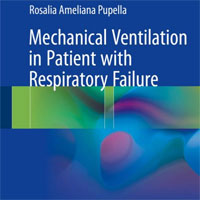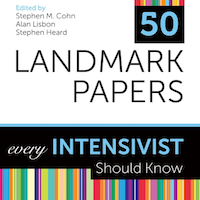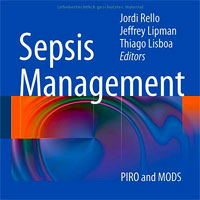Tag: mechanical ventilation
RRT Board Exam: Mechanical Ventilation
There’s nothing better than feeling confident and relaxed on exam day! Knowing that years of late night study sessions and unpaid clinical rotations are coming to an end just feels….well, absolutely fantastic! Of course,... read more

Initial Trophic vs Full Enteral Feeding in Patients With Acute Lung Injury
In patients with acute lung injury, compared with full enteral feeding, a strategy of initial trophic enteral feeding for up to 6 days did not improve ventilator-free days, 60-day mortality, or infectious complications but... read more

Decontamination Strategies and Bloodstream Infections With Antibiotic-Resistant Microorganisms in Ventilated Patients
In this cluster randomized multicenter study in 13 European ICUs, decontamination strategies with either antibiotics (SDD or SOD) or CHX mouthwash were not associated with reductions in ICU-acquired BSI with MDRGNB, nor mortality,... read more

Decontamination of Oral or Digestive Tract for Patients in the ICU
The study by Wittekamp and colleagues in this issue of JAMA evaluating strategies for decontamination of mechanically ventilated patients in the intensive care unit (ICU) fills an important gap in the evidence regarding these... read more
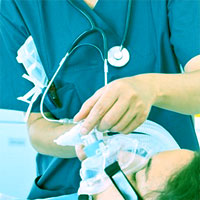
Effect of Dexmedetomidine on Mortality and Ventilation in Sepsis Patients
Dexmedetomidine provides sedation for patients undergoing ventilation; however, its effects on mortality and ventilator-free days have not been well studied among patients with sepsis. This randomized clinical trial compares... read more

Implementing a bedside assessment of respiratory mechanics in patients with ARDS
Implementing a systematic respiratory mechanics test leads to frequent individual adaptations of ventilator settings and allows improvement in oxygenation indexes and reduction of the risk of overdistention at the same time.... read more

Communicating with Conscious and Mechanically Ventilated Critically Ill Patients
Ventilator-dependent patients in the ICU often experience difficulties with one of the most basic human functions, namely communication, due to intubation. Although various assistive communication tools exist, these are infrequently... read more

Mechanical Ventilation/Ventricular Assist Devices, An Issue of Critical Care Clinics
This issue of Critical Care Clinics focuses on Mechanical Ventilation and Ventricular Assist Devices, with topics including: Targeted management approach to cardiogenic shock; Prevention and treatment of right heart failure... read more
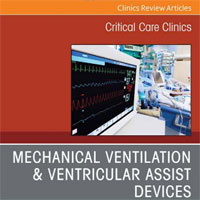
Navigating Medical Emergencies – An interactive guide to patient management
This free eBook presents emergent clinical situations and the core tasks required of healthcare professionals needing to recognize, navigate and safely manage them. It's really about how to perform the ABCs while protecting... read more

Hydrocortisone plus Fludrocortisone for Adults with Septic Shock
The use of steroids in critically ill patients continues to be controversial. Whilst there are signals for improved cardiovascular parameters, this did not translate to clear mortality benefits. The most recent of these trials... read more
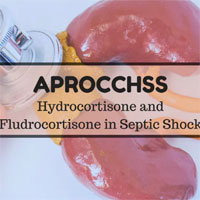
Positive End-expiratory Pressure and Mechanical Power
Less than 7 cm H2O positive end-expiratory pressure reduced atelectrauma encountered at zero end-expiratory pressure. Above a defined power threshold, sustained positive end-expiratory pressure contributed to potentially... read more
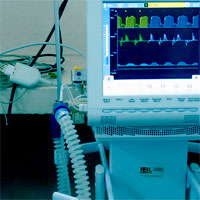
Withdrawing vs. Not Offering Cardiopulmonary Resuscitation: Is There a Difference?
In light of the SCC's Cuthbertson v. Rasouli decision, the distinction between withdrawing and not offering a medical treatment is increasingly relevant. Because CPR is a "default" treatment for cardiac arrest, it requires... read more
Effects of Patient-Directed Music Intervention on Anxiety and Sedative Exposure in Critically Ill Patients Receiving Mechanical Ventilatory Support
Among ICU patients receiving acute ventilatory support for respiratory failure, patient-directed music (PDM) resulted in greater reduction in anxiety compared with usual care, but not compared with NCH. Concurrently, PDM... read more
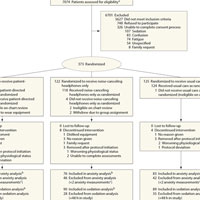
SOS Asynchronies: Do We Need Help?
Synchrony between the patient and the ventilator is defined as the appropriate interaction between the two, where the ventilator recognizes patient’s effort and provides support for breathing at the right time—that is,... read more
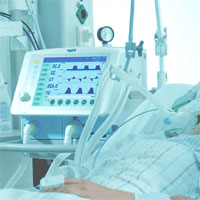
Value of variation index of inferior vena cava diameter in predicting fluid responsiveness in patients with circulatory shock receiving mechanical ventilation
The findings of this study suggest that the ΔIVCD performed moderately well in predicting fluid responsiveness in patients with circulatory shock receiving mechanical ventilation. Overall, 603 patients were included in this... read more
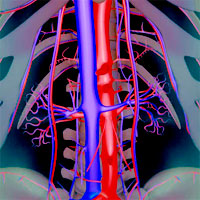
Early Versus Late Initiation of Renal Replacement Therapy in Critically Ill Patients
Early initiation of renal replacement therapy (RRT) effect on survival and renal recovery of critically ill patients is still uncertain. We aimed to systematically review current evidence comparing outcomes of early versus... read more
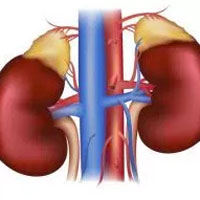
Predictors of Return to Work in Survivors of Critical Illness
Major trauma, lower GCS and increased hospital length of stay predicted inability to return to work due to health at six-months post-ICU admission. Compared to employed patients, those who had not returned to work reported... read more

Validation and Clinical Implications of the IDSA/ATS Minor Criteria for Severe Community-Acquired Pneumonia
These findings support the use of the IDSA/ATS minor criteria to predict hospital mortality and guide ICU admission in inpatients with Community-Acquired Pneumonia (CAP) who do not require emergency mechanical ventilation... read more

Acute Salicylate Toxicity, Mechanical Ventilation, and Hemodialysis
In patients requiring intubation from acute salicylate toxicity, hemodialysis should be considered as part of management, as this is associated with decreased mortality. Salicylates are common substances that can be purchased... read more

Ultrasound Non-invasive Measurement of Intracranial Pressure in Neurointensive Care
Of the studied ultrasound nICP methods, ONSD is the best estimator of Intracranial Pressure (ICP). The novel combination of ONSD ultrasonography and vTCD of the straight sinus is a promising and easily available technique... read more

Oxygenate, Ventilate, Do No Harm
Emergency physicians (EPs) are experts in emergent airway management and thus must be confident managing mechanical ventilation. Hospital-wide bed shortages mean that EPs will be managing admitted patients for longer periods... read more
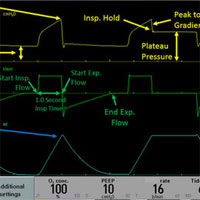
Effect of In-Bed Leg Cycling and Electrical Stimulation of the Quadriceps on Global Muscle Strength in Critically Ill Adults
In this single-center randomized clinical trial involving patients admitted to the ICU, adding early in-bed leg cycling exercises and electrical stimulation of the quadriceps muscles to a standardized early rehabilitation... read more
